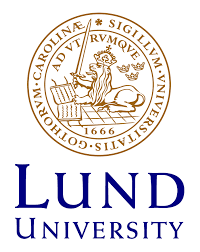Speaker
Description
By offering a solution to the long-standing hierarchy problem, supersymmetry becomes one of the most searched extension to the Standard Model (SM) in the field of experimental high energy physics. Supersymmetry introduces each SM particle with a supersymmetric partner which has identical quantum number but a half-unit difference in spin. Supersymmetry can also answer the existence of dark matter, as the lightest supersymmetric particles is stable and interacts only by weak force, making it a good dark matter candidate.
Running on center of mass energy of $\sqrt{s} = 13$ TeV, the Large Hadron Collider (LHC) has the energy reach to access these supersymmetric particles. ATLAS is a multipurpose particle detector built in one of LHC's collision points, and was designed to identify every outgoing particles in a collision and measure their properties. The topic of the talk is the search for spin-0 supersymmetric partner of the top quark using the ATLAS detector at the Large Hadron Collider, focusing on a simplified model where the only light supersymmetric particles are the stop quark and the lightest neutralino.
In this presentation, an optimization procedure for various signal points is presented. The aim is to maximize search sensitivity in the region of high stop mass with low neutralino mass, and intermediate stop mass with high neutralino mass. The algorithm is tuned for full Run 2 data of 120 fb$^{-1}$, where sensitivity is expected to be much improved from the previous 36 fb$^{-1}$ result. With this method, it is also possible to explore new region(s) in the parameter space and improve the overall exclusion. The result of this optimization procedure will be proposed as new signal regions for the analysis of the full ATLAS Run 2 dataset.

